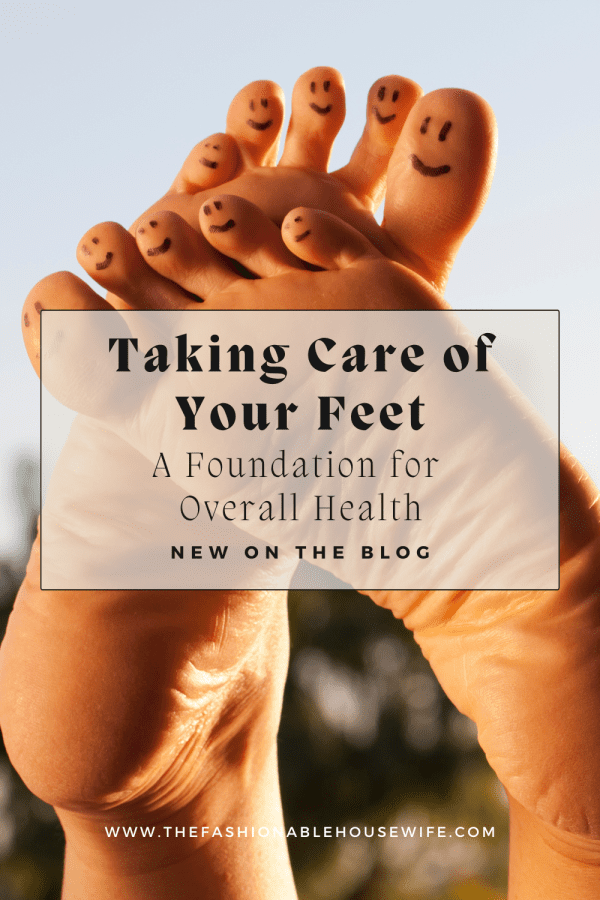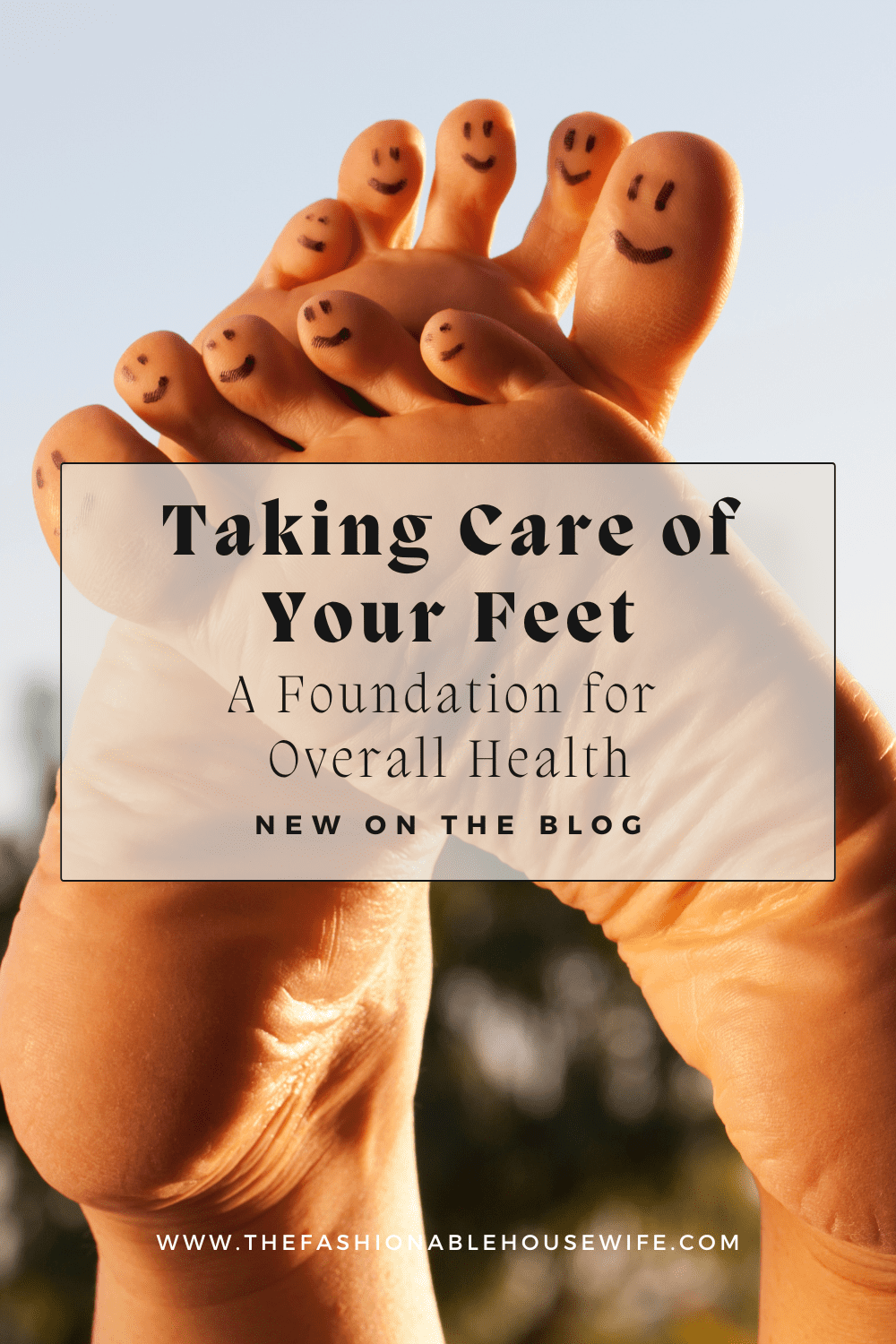Taking Care of Your Feet: A Foundation for Overall Health

Our feet are the foundation of our bodies, supporting us through every step, jump, and run we take. Yet, they are often the most neglected part of our daily health routine. People are quick to care for their skin, teeth, and hair, but foot care is frequently overlooked—until pain or injury forces attention. Taking care of your feet is essential not only for comfort but also for preventing long-term issues that can impact your mobility, posture, and even overall health.
The Importance of Foot Health
Feet contain a quarter of all the bones in the human body, along with hundreds of muscles, ligaments, and tendons. They are complex structures designed to bear our body weight and adapt to various surfaces and movements. Poor foot health can lead to discomfort and pain that radiates to the knees, hips, and lower back, contributing to postural issues and reduced quality of life.
Neglecting foot care can also lead to common problems like bunions, corns, calluses, ingrown toenails, fungal infections, and plantar fasciitis. For individuals with diabetes, foot care becomes even more critical due to the risk of neuropathy and poor circulation, which can lead to severe complications, including amputation.
Daily Foot Care Routine
A simple daily foot care routine can prevent most common foot problems. Start by washing your feet daily with soap and warm water. Be sure to dry them thoroughly, especially between the toes, to prevent fungal infections. Apply a good-quality foot moisturizer to keep the skin supple, but avoid applying lotion between the toes to reduce the risk of fungal growth.
Inspect your feet regularly for signs of blisters, cuts, swelling, or nail changes. Catching these signs early can prevent more serious issues down the road.
Nail and Skin Maintenance
Proper toenail care is crucial. Trim your nails straight across and avoid cutting them too short or rounding the corners, as this can lead to ingrown toenails. Keep nails clean and dry, and consider using a nail file to gently smooth any rough edges.
Removing calluses and dead skin can also help prevent cracks and infections. Use a pumice stone or foot file gently after a shower when the skin is softer. Be cautious not to remove too much skin, as this can lead to sensitivity or injury.
Choosing the Right Footwear
Wearing proper footwear is one of the most important aspects of foot care. Shoes should fit well, provide adequate arch support, and have enough room for your toes to move comfortably. Avoid high heels and narrow shoes for extended periods, as they can deform the feet over time and lead to chronic pain or bunions. Throw out old shoes that have been worn our and are no longer supportive.
Consider using custom orthotic inserts if you have specific foot issues such as flat feet, high arches, or overpronation. These inserts can help correct alignment and relieve pressure on certain areas of the foot.
Exercise and Stretching
Regular foot exercises and stretching can keep your feet strong and flexible. Simple exercises such as toe curls, heel raises, and ankle rotations can improve circulation and muscle tone. Stretching the Achilles tendon and plantar fascia also helps prevent common foot problems like heel pain and stiffness.
When to See a Professional
If you experience persistent foot pain, changes in the appearance of your feet, or signs of infection, it’s important to consult a podiatrist. Early diagnosis and treatment can prevent more serious complications. Diabetics, in particular, should have their feet checked regularly by a healthcare provider.
The Importance of Foot Care
Your feet carry you through life—quite literally. By giving them the care and attention they deserve, you can prevent discomfort, avoid long-term health problems, and maintain an active, pain-free lifestyle. Start today by making foot care a regular part of your health routine. After all, healthy feet mean a healthier you.

